Invented by Fahd Khalaf Albinali, EveryFit Inc
The demand for power-efficient systems and methods is driven by the need for longer battery life and improved accuracy in measuring physical activity. Consumers want devices that can track their activity throughout the day, including steps taken, distance traveled, and calories burned, without having to constantly recharge their device.
The market for power-efficient systems and methods is also driven by the increasing popularity of resource-constrained devices, such as smartwatches and fitness trackers. These devices have limited processing power and memory, which makes it difficult to run complex algorithms for measuring physical activity. Power-efficient systems and methods are designed to work within the constraints of these devices, providing accurate measurements without draining the battery.
One of the key players in this market is Google Fit, which provides a platform for developers to create power-efficient apps for measuring physical activity. Google Fit uses machine learning algorithms to accurately measure physical activity, while minimizing battery consumption. The platform also integrates with other fitness apps and devices, allowing users to track their activity across multiple platforms.
Another key player in this market is Fitbit, which offers a range of fitness trackers and smartwatches that use power-efficient systems and methods to measure physical activity. Fitbit devices use a combination of sensors, including accelerometers and heart rate monitors, to provide accurate measurements of physical activity. The devices also use advanced algorithms to minimize battery consumption, allowing users to wear their device for days without needing to recharge.
The market for power-efficient systems and methods of measuring physical activity on resource-constrained devices is expected to continue growing in the coming years. As more consumers adopt wearable devices, the demand for accurate and power-efficient measurement systems will only increase. Companies that can provide innovative solutions to this market will be well-positioned for success in the years ahead.
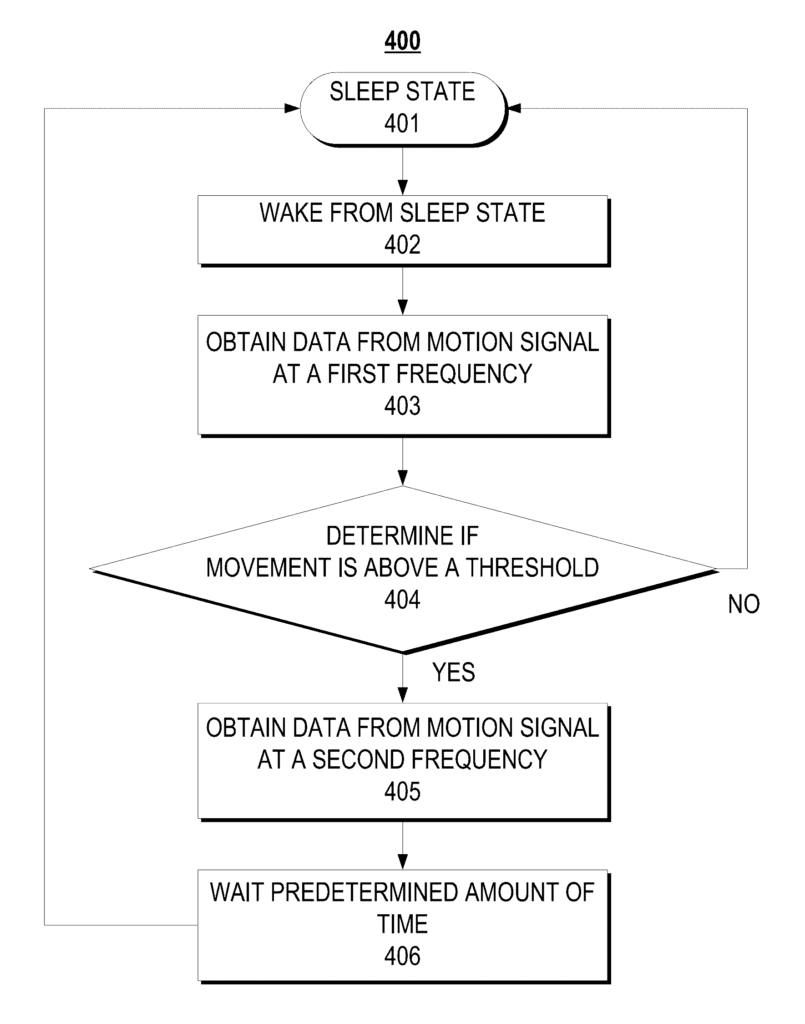
The EveryFit Inc invention works as follows
The systems and methods described in this document relate to a power-efficient measurement of physical activity using a wearable device. The systems and methods described enable continuous activity tracking while preserving battery life. In some implementations the wearable sensor can detect movement and enter predefined power states based on the type of movement detected.
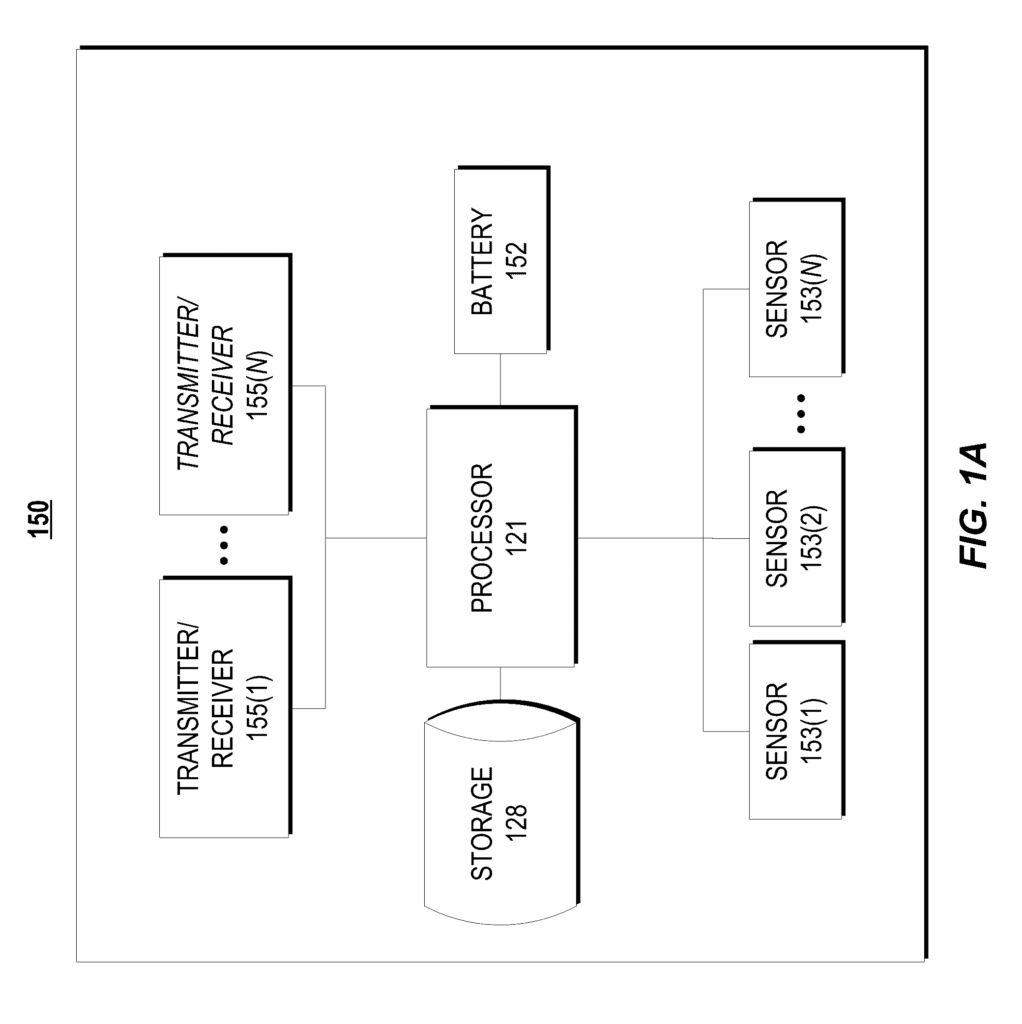
Background for The power efficient system and method of measuring physical activity on resource-constrained devices
Wearable sensors can provide great insight into user behavior. The wearable sensor’s onboard batteries quickly run out, making it difficult to accurately capture and characterize data. “The requirement to recharge or replace the batteries reduces compliance with wear.
The systems and methods described in this document relate to a power-efficient measurement of physical activity using a wearable device. The systems and methods described enable continuous activity tracking while preserving battery life. In some implementations the wearable sensor can detect movement and enter predefined power states based on the type of movement detected.
According to an aspect of the disclosure a method is described for measuring physical activity efficiently with a wearable gadget. This involves waking up the wearable from a low-power state. The method includes also obtaining one of more data points from a movement signal by using a wearable device’s motion sensor at a certain time and with a particular frequency. The method includes determining whether the one-or-more data points are over a threshold, and then obtaining for a predetermined time at a second rate, one or additional data points from the motion signal in response to the one-or more data being above the threshold.
In some implementations, a method is used that includes obtaining one datapoint from the motion signals and determining the orientation of the wearable devices based on the data point. In some implementations, the second data point from the motion is obtained after pausing a second amount of time.
In some implementations, to determine if one or more datapoints are above the threshold first, it is necessary to check if both the first and second datapoints are above that threshold. If you want to determine if one or two data points are higher than the threshold, you can count the number of datapoints that are over the threshold and see if it is greater than the second threshold. In some implementations determining whether the one-or-more data points exceed the first threshold can also include determining whether a subset of consecutive data points from the one-or more data points is above the threshold.
In some implementations the method also includes determining whether the absolute value is greater than the threshold of the difference between one or more datapoints and an earlier obtained datapoint. In some implementations the wearable device switches from the high power state to sampling the movement signal at the first rate at the end predetermined time.
In some implementations, a subset sampled at a second frequency is compared to a threshold and switched to low power if the threshold is not exceeded by a certain number of samples. In some implementations the second frequency may be greater than the first.
According to another aspect, a wearable includes a processor connected to a sensor. The wearable device can wake up from a low-power state to obtain data points for a motion signal. This is done at a certain frequency and at a particular time. The wearable device can also determine if one or two data points are higher than a threshold and obtain one or several additional data points for a certain amount of time at a particular frequency based on the data being higher.
In some implementations the processor is configured to only obtain one datapoint from the motion signals and determine the orientation of the wearable devices based on the single datapoint. In some implementations the processor can also be configured to pause a predetermined second amount of time in order to obtain a secondary data point from the movement signal. In certain implementations, the process is configured to determine whether the first datapoint and the second datapoint are both above the threshold. In some implementations, the process is configured to count the number of datapoints in the one or multiple data points which are above the threshold and determine whether the number is higher than a secondary threshold. In certain implementations, a processor can also be configured to determine whether a subset of data points in the one or multiple data points is above the threshold.
In some implementations the processor is configured so that it switches to the low-power state and first frequency after a predetermined time. In some implementations the processor is configured to compare the subset of samples that were sampled at a second frequency with a second threshold. The processor can also be configured to switch into the low-power state if the predetermined number samples of the subset are less than the second threshold. In some implementations, second sampling frequency is higher than first sampling frequency.
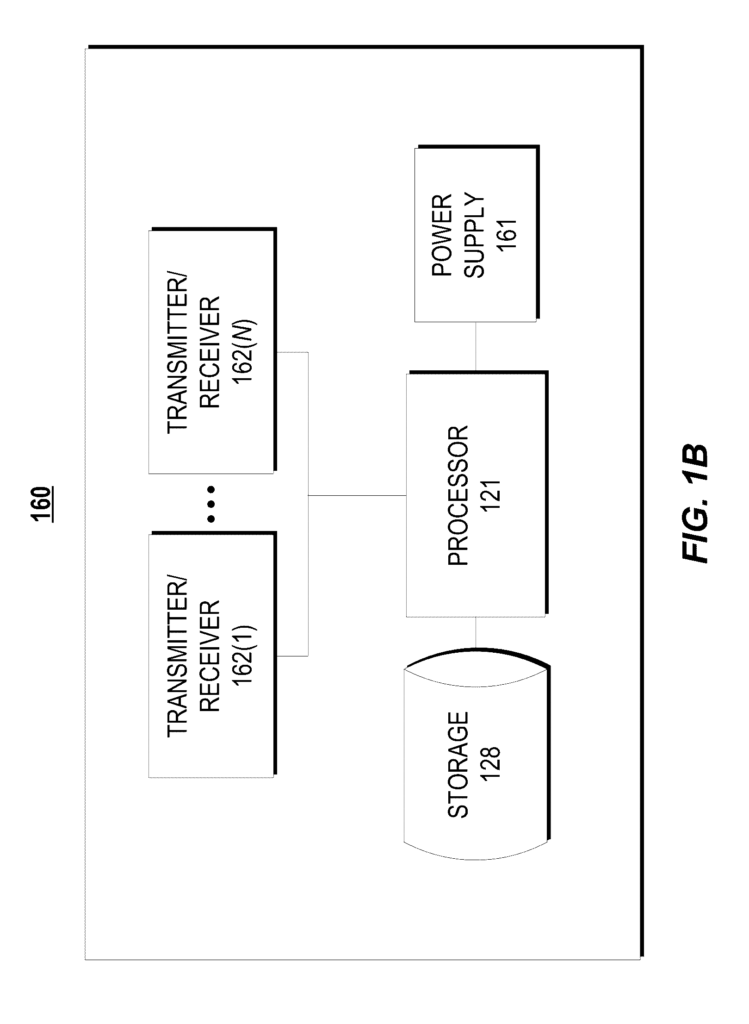
The following sections of the specification with their respective contents can be useful for reading the descriptions of various embodiments:
The following sections of the specification with their respective contents can be useful for reading the descriptions of various embodiments:
Section A describes an wearable sensor.
Section B describes a computing and network environment that may be helpful for implementing embodiments described in this document.
Section C describes a housing embodiment for a wearable sensing device.
Section D explains embodiments of systems that measure physical activity using a wearable sensor and do so in an energy efficient manner.
A. Wearable Sensor Device
It may be useful to describe the operating environment and system components (e.g. hardware elements) associated with the systems and methods described in this document before discussing specific embodiments.
Wearable sensor devices can be used to monitor physical activity, medical conditions or behavioral conditions. They may also be used as alert devices. In a clinical environment, it is difficult to determine wear compliance, i.e. the wearing of the device as prescribed by the patient. The ability to accurately detect when a wearable device is worn by an individual allows the sensor device to measure activity and conditions in a correct and accurate manner.
FIG. The block diagram in 1A shows an embodiment of the wearable sensor 150. The housing of the wearable sensors 150 may have many different shapes and can be attached to the wearer in a reversible manner. The wearable sensor 150 is internally powered by a processor 121 (also known as a CPU), which is fueled by a battery. The wearable sensor can also include multiple sensors (collectively called sensors 153). The wearable sensor can store data in the storage device 128, and monitor environmental and behavioral conditions. The wearable sensor can communicate with other devices via a data transmitter module and receiver module 155 (also known as a TX/RX Module 155).
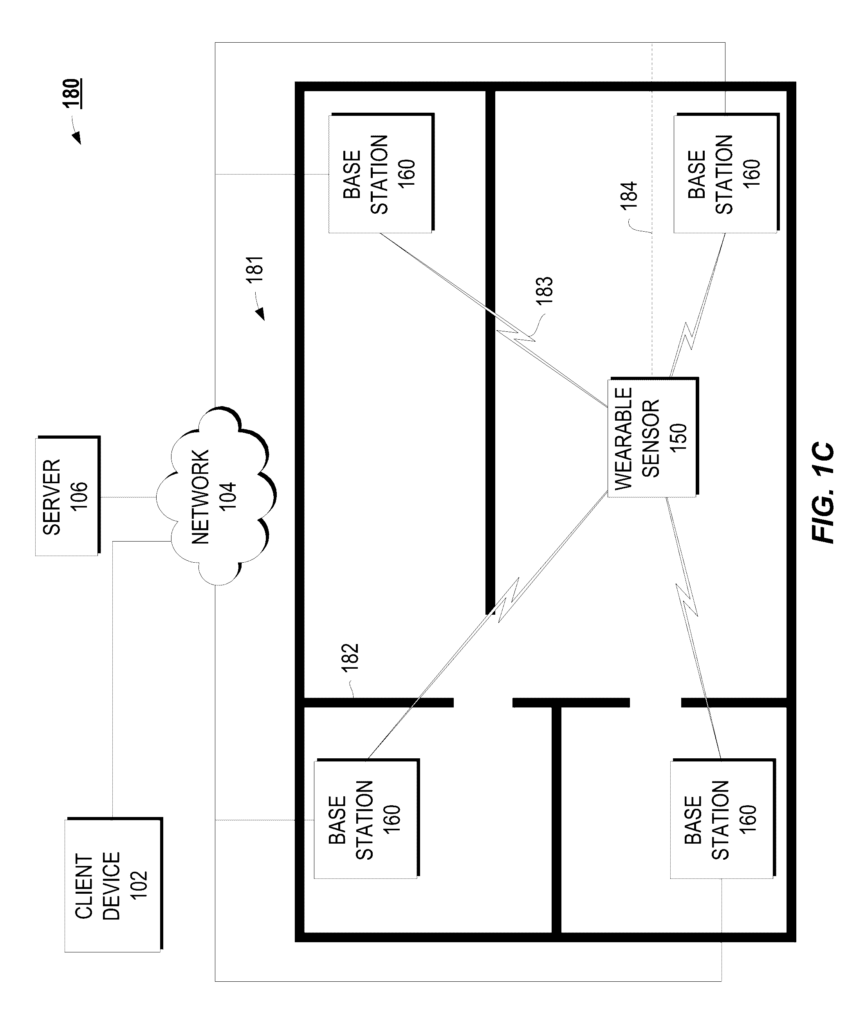
The processor 121, and the storage device 128, are further discussed in connection with FIGS. The processor 121 can be a central processing unit or microcontroller capable of executing instructions and methods as described in this document. The processor 121 may include one or multiple analog to digital converters. The processor 121 can use the A/D converters to sample and store data from the plurality sensors 153. In some implementations the sensor 153 can generate a digital signal that the processor 121 may input without analog-to-digital conversion. The storage device 128 can be any device that is capable of storing instructions executed by processor 121. In some implementations the storage device is part of the processor 128,
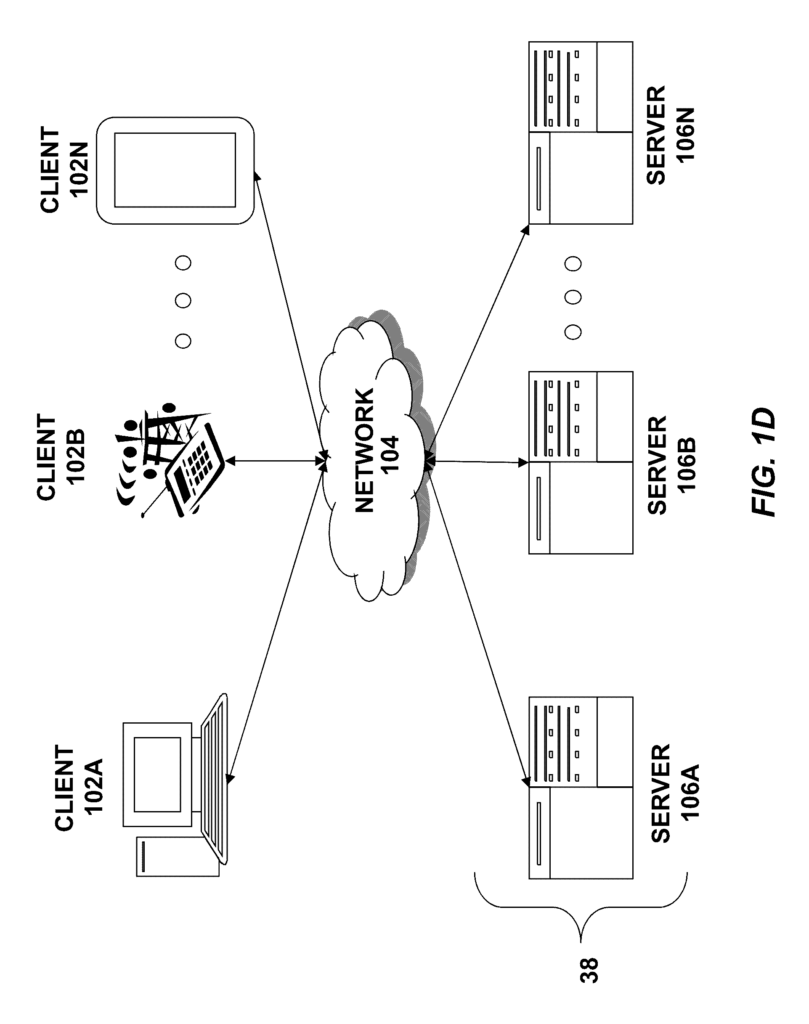
Click here to view the patent on Google Patents.
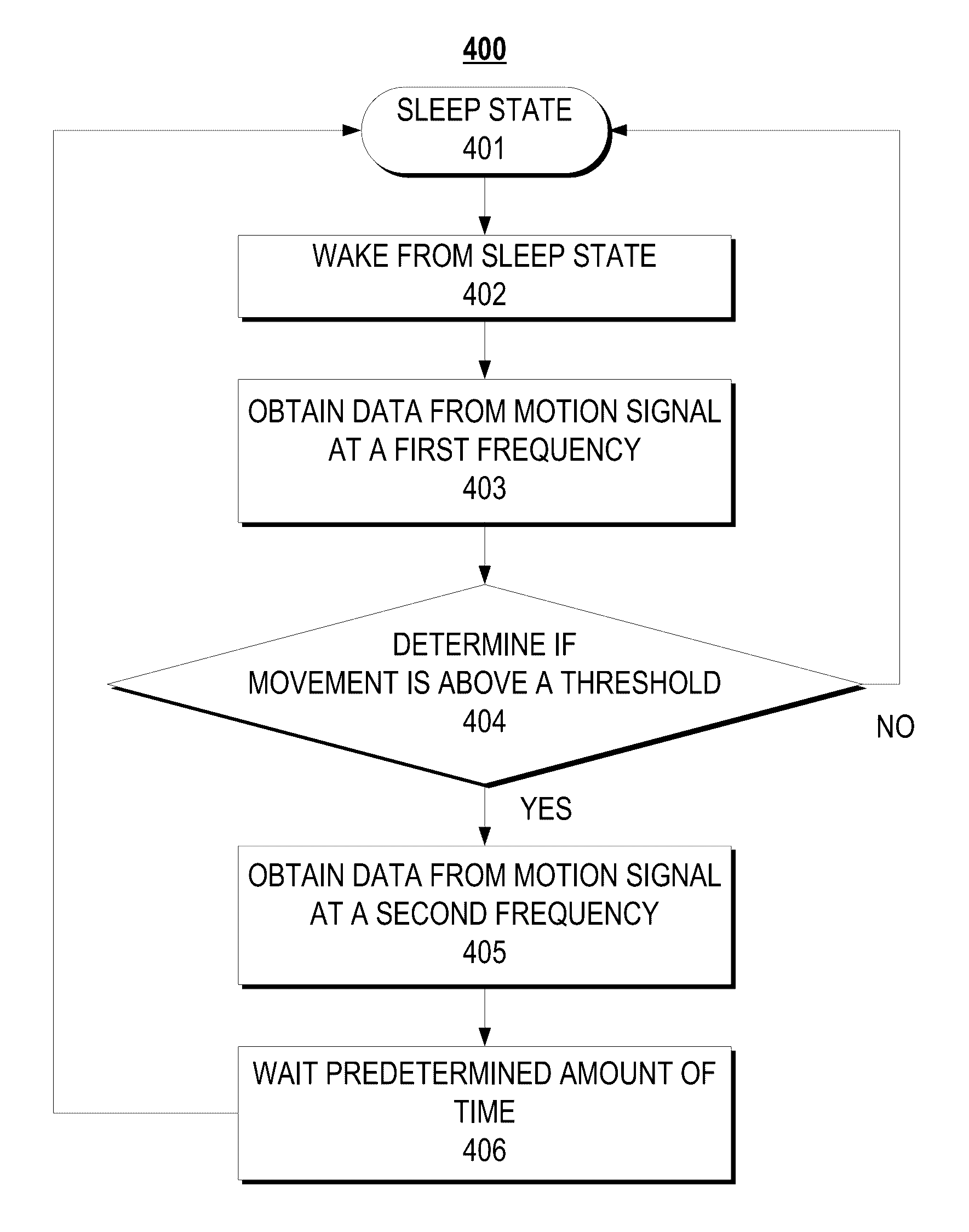
Leave a Reply